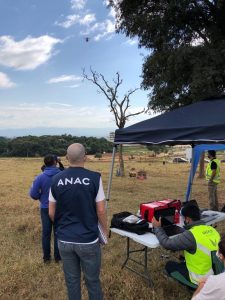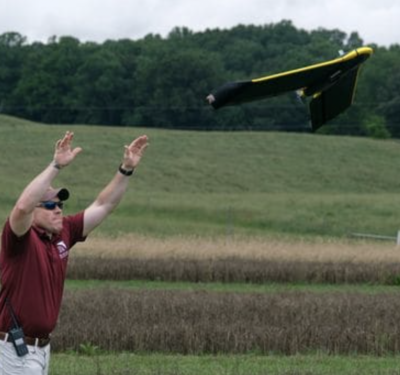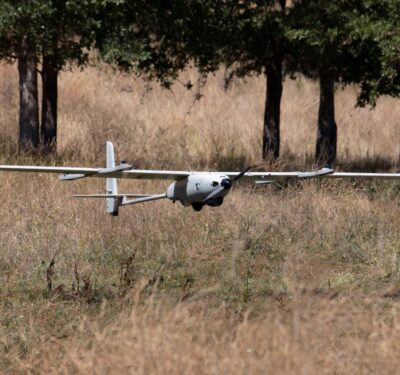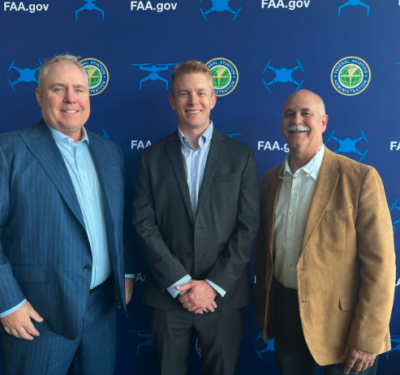
Speedbird Aero prepares for parachute deployment in front of ANAC officials
Speedbird Aero will soon begin operating two experimental drone delivery routes in Brazil, deploying a proprietary drone with an integrated ParaZero parachute recovery system to deliver food.
The company received approval from Brazil’s National Civil Aviation Agency (ANAC) to begin the drone deliveries, becoming the first company in Latin America to win such an approval, according to a news release. In partnership with iFood, Speedbird will offer an on-demand food delivery service that combines drones with other last-mile transportation, including e-bikes, motorcycles, scooters and bikes.
The routes the drones will travel connect two iFood hubs with a food court and condominium complex. Using the drones is expected to reduce delivery time.
Via the first route, drones will pick up orders from the rooftop of a large shopping complex and then take the orders to an iFood pickup hub. From there, a courier will deliver the food to the customer. It will take about 2 minutes to fly the route.
The second route will take the drones beyond visual line of sight (BVLOS), delivering food to an iFood hub about 1.5 km away. This phase of the testing is expected to begin in December.
To earn the approval, Speedbird Aero went through a certification process that took more than a year to complete and included an assessment of safety and risk mitigation. The ParaZero autonomous parachute system is part of that, and the company was required to complete six parachute deployments for the certification. ANAC officials watched the final demonstration in July.
The COVID-19 pandemic has brought more attention to drone delivery, with various initiatives like this one designed to help the industry get over regulatory hurdles and prove the value of drone delivery to the supply chain.
“Drone logistics is a rapidly emerging industry, and ParaZero is at the forefront of drone safety,” ParaZero CEO Eden Attias said, according to the release. “This historic drone delivery approval aligns with our vision of enabling expanded drone services in urban environments.”






